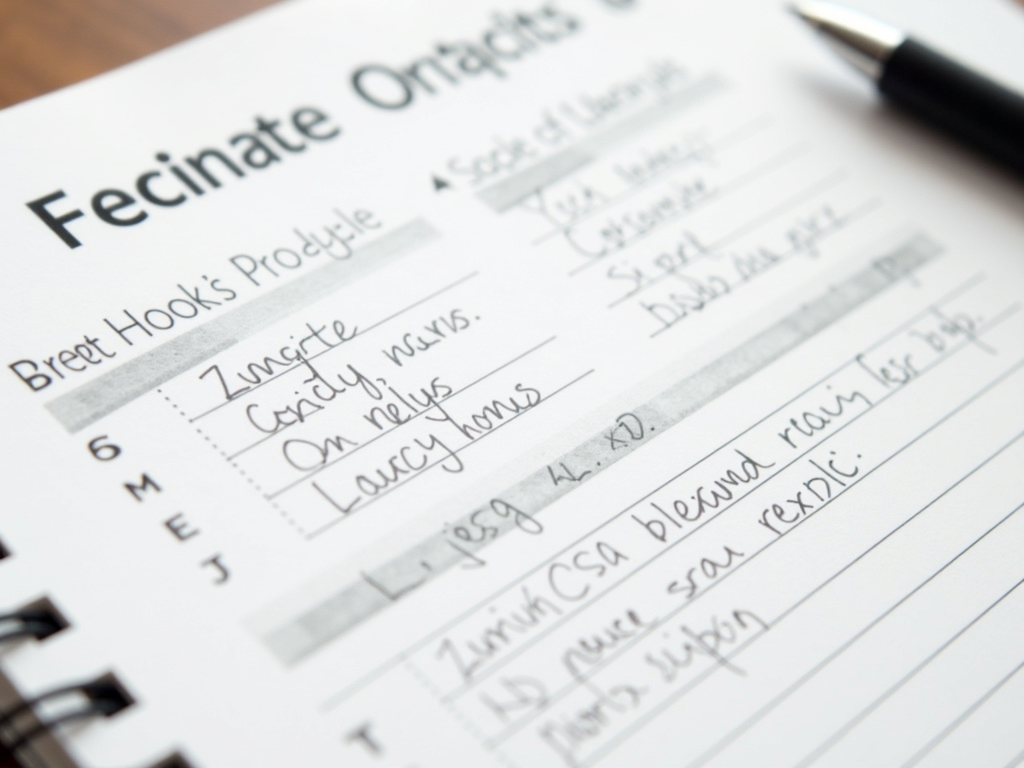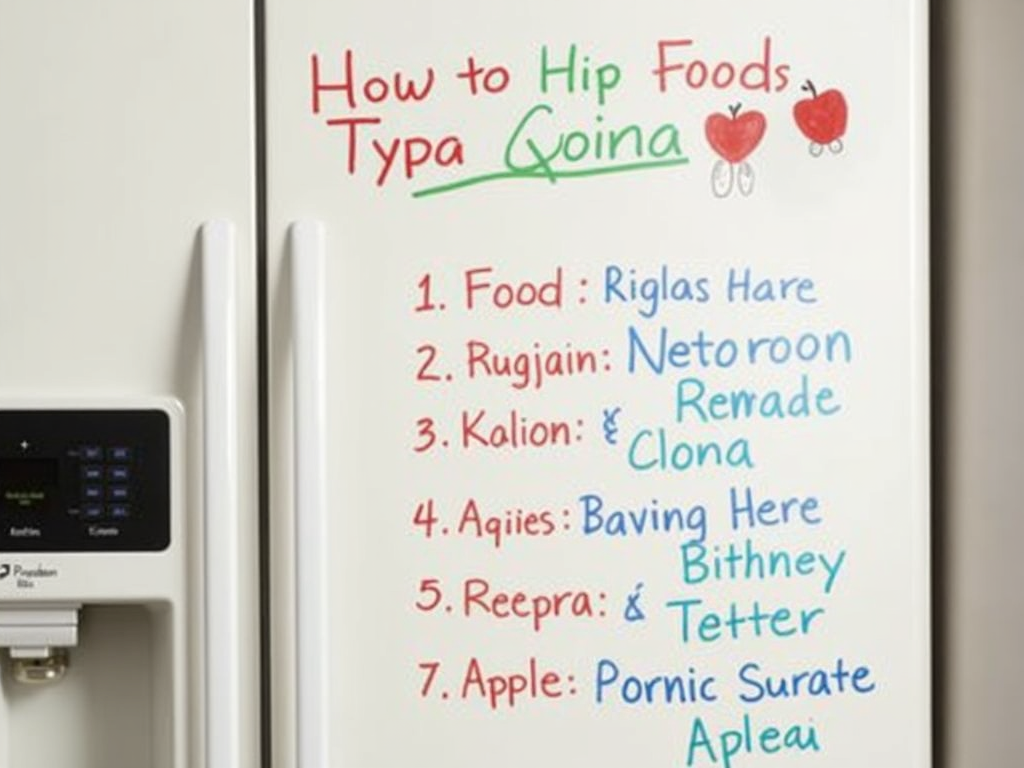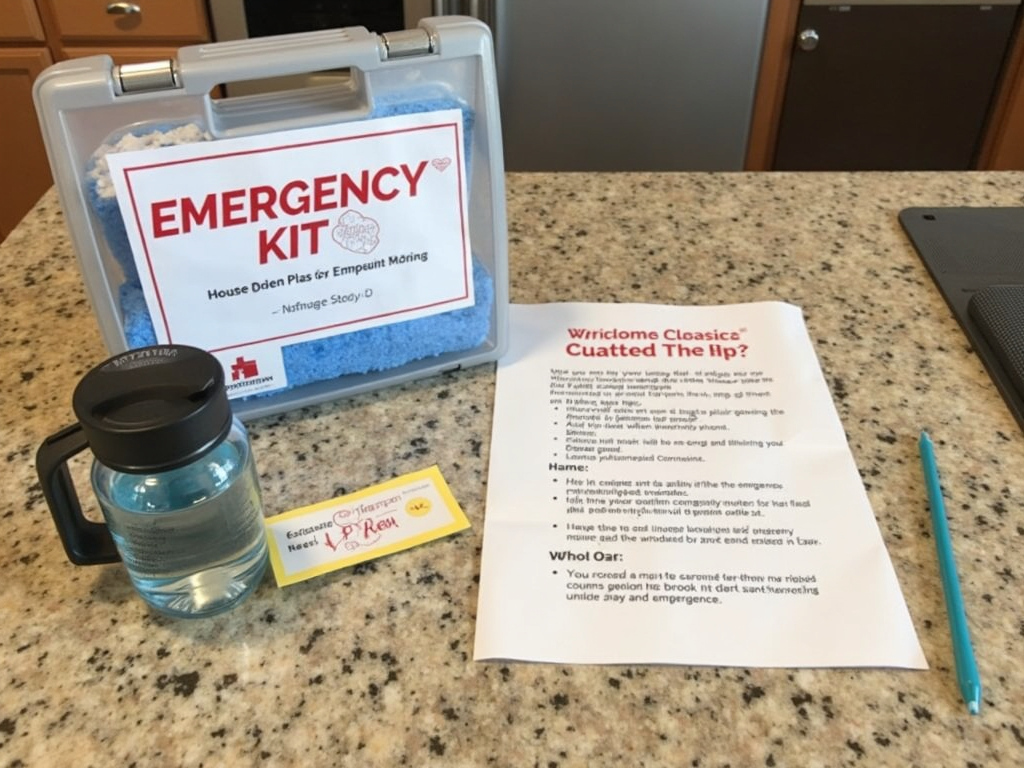Overview
Chronic FPIES can feel overwhelming, but with the right tools, you can manage symptoms and improve your child’s life. This guide covers practical steps for handling chronic FPIES symptoms, from diet changes to emergency planning.
A Parent’s Journey with Chronic FPIES
When my daughter was diagnosed with chronic FPIES, I didn’t know where to start. She was fussy, losing weight, and had constant tummy troubles. Over time, I learned how to spot triggers and keep her comfortable. Here’s what worked for us.
What Is Chronic FPIES?
Food Protein-Induced Enterocolitis Syndrome (FPIES) is a food allergy that hits the gut, mostly in babies and young kids. Unlike typical allergies, it causes delayed reactions like vomiting or diarrhea. Chronic FPIES means ongoing symptoms from regular exposure to trigger foods.

Step 1: Find the Trigger Foods
Managing chronic FPIES symptoms starts with knowing what sets them off. Common culprits are milk, soy, rice, and oats, but it varies by child. I kept a food diary for my daughter—writing down everything she ate and how she felt after. It showed us milk was a big problem.
Here’s how to start your own food diary:
- List every food and drink your child has.
- Note the time they eat.
- Write down any symptoms—like vomiting or tiredness—and when they happen.
- Look for patterns over a few weeks.

Step 2: Team Up with a Dietitian
After spotting triggers, I met with a dietitian. She helped me build a meal plan that kept my daughter safe and healthy. Kids with chronic FPIES might miss out on nutrients if they avoid lots of foods, so expert help is a game-changer.
Building a Safe Meal Plan
A good meal plan avoids triggers but still fuels your child. We started with a few safe foods—like sweet potatoes and chicken—then added more slowly. Here are some tips:
- Use whole foods (think veggies and meat) to skip hidden allergens.
- Check labels every time.
- For babies, hypoallergenic formulas might be an option if breastfeeding isn’t.

Common Triggers and Alternatives
This table shows some typical FPIES triggers and safe swaps:
| Trigger Food | Safe Alternative |
|---|---|
| Cow’s Milk | Rice Milk |
| Soy | Oat Milk |
| Wheat | Quinoa |
| Rice | Millet |
| Oats | Buckwheat |
Step 3: Watch Symptoms Closely
Even with a solid plan, symptoms can pop up. My daughter sometimes had loose stools despite our efforts. We kept tracking them in the diary and adjusted her diet. Staying hydrated is key—water or rehydration drinks helped her bounce back.

Step 4: Be Ready for Emergencies
Chronic FPIES is usually mild, but a big reaction can happen if a trigger slips through. Our doctor gave us an action plan: watch for severe vomiting or paleness, give fluids fast, and head to the ER if needed. Having that plan calmed my nerves.

Coping as a Family
This condition isn’t just physical—it’s emotional too. I felt alone until I found other FPIES parents online. Talking to them gave me ideas and hope. As my daughter gets older, I’m teaching her what’s safe to eat so she feels in control.
Keep Learning
FPIES research is growing, and staying updated helps. I check sites like The FPIES Foundation for news. Our doctor keeps us in the loop too. Knowing more makes managing chronic FPIES symptoms less scary.

Summary
Managing chronic FPIES symptoms takes time and effort, but it’s doable. With a food diary, a dietitian’s help, and a solid plan, you can keep your child comfortable. Stay connected with your doctor and others who get it—small steps lead to big wins.
Discuss Here